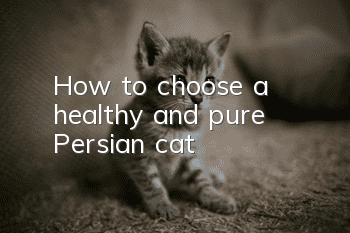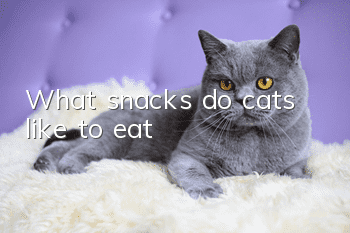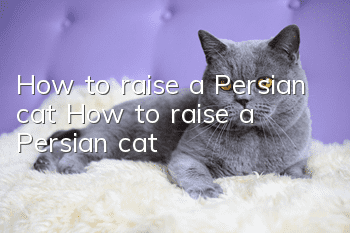How to choose a healthy and pure Persian cat

There are too many unscrupulous merchants now. A good Persian cat is very expensive in the market, so if we are not careful, we will lose our wife and soldiers. Therefore, we must be cautious and have a pair of piercing eyes to identify good ones. Cats and bad cats. The editor below will tell you how to choose a healthy and beautiful Persian cat!
Method/Steps
Appearance characteristics: Persian cats have a short horse shape, a strong and round body, a round head and face, and limbs; a thick and short nose, and large and round eyes. The coat is particularly plump, which is a double-layered coat, consisting of two types of hair: long, soft and fluffy underground down, and slightly longer and rough awn hair (the awn hair of good purebred cats at the exhibition can be up to 12 cm). From snow white to jet black; from silver gray double layer gradient to obvious tortoise shell color - white spots. Persian cats that meet exhibition standards are extremely expensive.
Body shape: pony type, strong and rounded torso, large or medium build. The chest is broad and deep, with full midsection, and the back is straight and muscular, but not excessively fat.
Head: round and large, with a very broad skull and plump cheeks. Ears: Small, with rounded tips, tilted forward, not too wide at the base; the ears are widely spaced, located low on the head, and join along the rounded lines of the head. Eyes: Large and round, with bright color and wide distance between eyes, giving a lovely look.
Nose: short, flat, broad, with a slit in the middle between the eyes. Chin: Full, strong, round and well developed, reflecting a good bite. Limbs: short and stout, with straight forelimbs and straight hind legs when viewed from behind. Feet: Strong, round and large, with toes close together. There are five toes on each forelimb and four on the hind limbs.
Tail: Short, but in proportion to the body. Coat: A unique double coat with a dense undercoat and a long, smooth, waterproof coat. In winter, the dense undercoat is fully grown, so the coat in winter is fuller than in summer. The quality and type of coat are the most important, and the color and pattern are secondary.
- Analysis of the reasons why cats suddenly scratch people, and how to pet cats correctly?
- What causes cats to lose hair?
- Why does a kitten have blood in its stool?
- Can Chinchilla and Ragdoll cats be bred? Cat breeds!
- Can the hair on Persian cats’ ears be trimmed?
- What should cats eat to supplement calcium?
- Can a two-month-old cat be dewormed?
- What's the matter with a pimple on a cat's head?
- Here are some of the major cat-raising worries that cat owners have, here are some cat-raising strategies
- What kind of cat food is better for Ragdoll cats?



